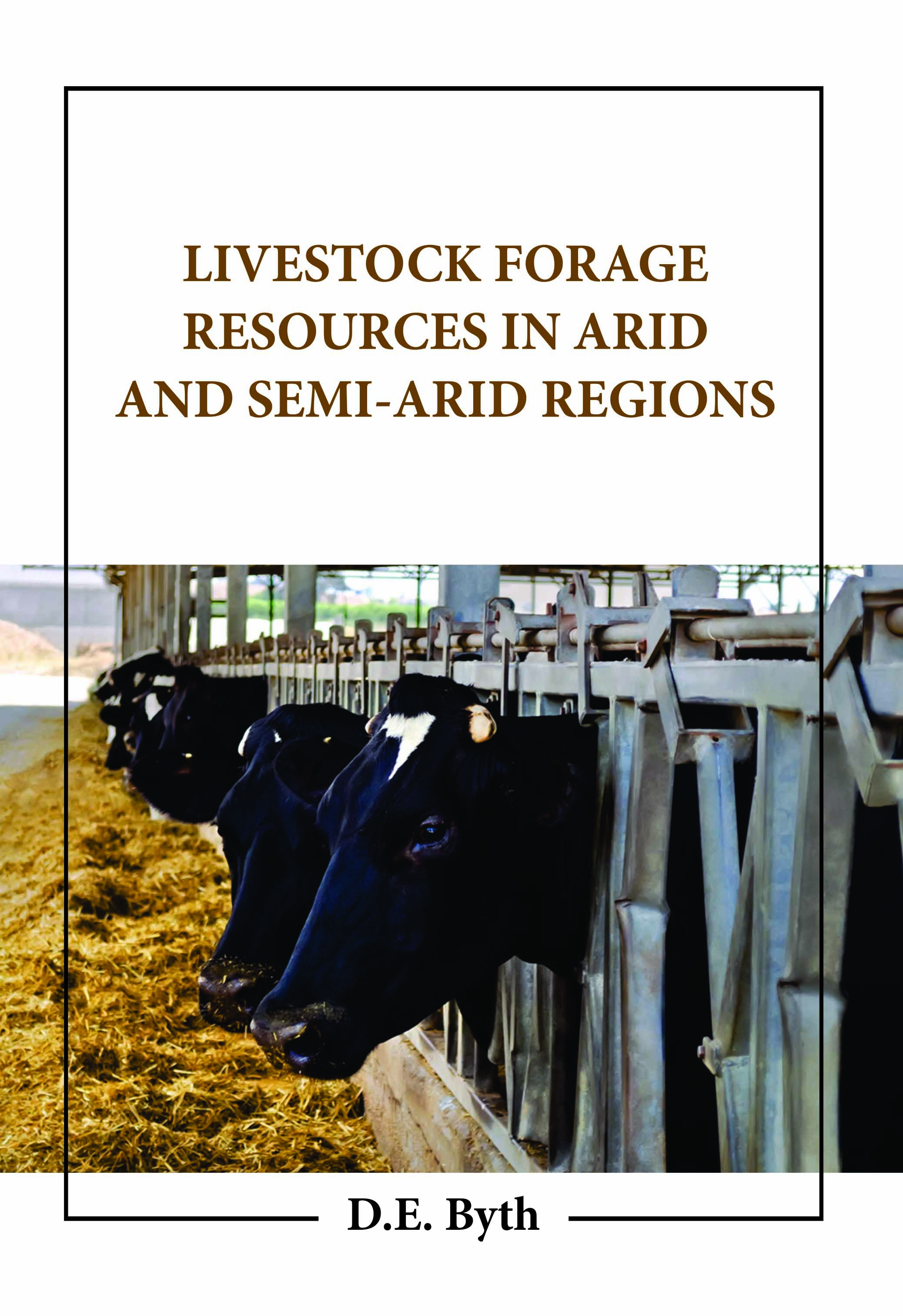
Livestock Forage Resources in Arid and Semi-Arid Regions
by D.E. Byth
| ISBN | 9781806243907 |
|---|---|
| Publisher | Digital Drive Learning |
| Copyright Year | 2026 |
| Price | $250.00 |

by D.E. Byth
| ISBN | 9781806243907 |
|---|---|
| Publisher | Digital Drive Learning |
| Copyright Year | 2026 |
| Price | $250.00 |
The practice of keeping and caring for livestock, primarily to provide meat, milk, and eggs, is known as livestock agriculture. Animals kept for amusement (riding or racing), and drafting are also included in the livestock agriculture industry and wool and leather production. For underdeveloped communities, livestock is a valuable resource for various social, economic, and risk management purposes. The long-term imbalance of a region's temperature, wind, and rainfall characteristics is one issue brought on by climate change right now. Climate change impacts cattle production systems by degrading feed intake, metabolic processes, and defense mechanisms. Additionally, it is anticipated to cause the highest loss in herbage productivity, increase lignifications in plant tissues, and diminish the animal's capacity to digest forage, all of which will enhance vulnerability to livestock feed. On the other hand, some artificially created grasslands may have more shrub cover due to climate change. Encroachment of shrubs typically results in a decrease in the quantity and quality of feed available to animals. Protein, energy, roughage, and minerals are necessary for livestock to sustain healthy rumen and body function. In order to ensure that the condition score of livestock reflects reasonable animal health and welfare and meets the enterprise's production needs, the condition score should be monitored throughout the drought, and feeding should be controlled. Livestock should be sold or agisted if a reasonable condition cannot be maintained. A drought-feeding technique known as confinement feeding, mainly used with sheep, aims to improve animal welfare and health while retaining most of the property's ground cover. This is accomplished by squeezing animals into a compact space and feeding them a complete diet. Good site selection, proper mob size and stocking density, and suitable nutrition are necessary for effective confinement feeding. As a result, the book will act as a database and be highly helpful to researchers, livestock owners, students, and planners for arid regions.